Indians prostrate before their parents, elders, teachers and noble souls by touching their feet. The elder in turn, bless them by placing their hand on or over their heads. Prostration is customary, when we meet elders and particularly on important occasions like the beginning of a new task, birthdays, festivals and the like.
In certain traditional circles, prostration is accompanied by abhivaadana, which serves to introduce oneself and announce one's family and social stature.
Touching the feet in prostration is a sign of respect for the age, maturity, nobility and divinity that our elders personify. It symbolizes our recognition of their selfless love for us and the sacrifices they have made for our welfare. It is a way of humbly acknowledging the greatness of another. This tradition reflects strong family ties, which have been one of India's enduring strengths.
The good wishes (Sankalpa) and blessings (aashirvaada) of elders are highly valued in India. We prostrate to seek them. Good thoughts create positive vibrations. Good wishes springing from a heart full of love, divinity and nobility has tremendous strength.
When we prostrate with humility and respect, we invoke the good wishes and blessings of elders, which flow in the form of positive energy to envelop us. This is why the posture assumed, whether it is in the standing or prone position, enables the entire body to receive the energy thus received.
The different forms of showing respect are:
Pratuthana
- rising to welcome a person.
Namaskaara
- paying homage in the form of Namaste (folding the two hands).
Upasangrahan
- touching the feet of elders or teachers.
Shaashtaanga
- prostrating fully with the feet, knees, abdomen, chest, forehead and arms touching the ground in front of the elder.


-in-Astrology.jpg)
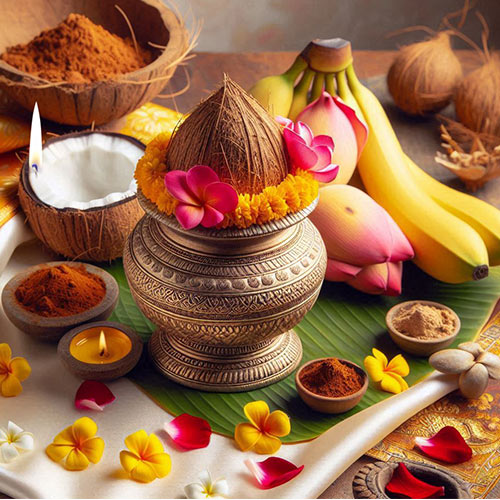
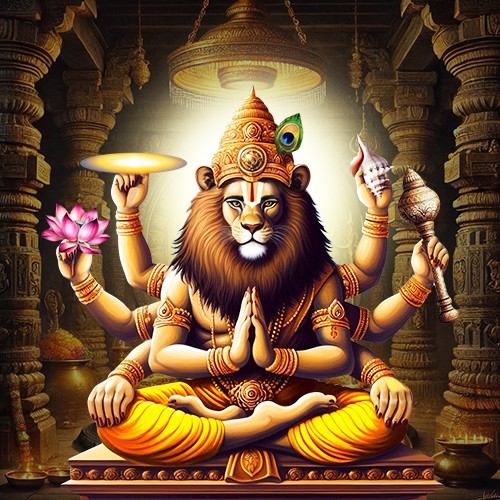
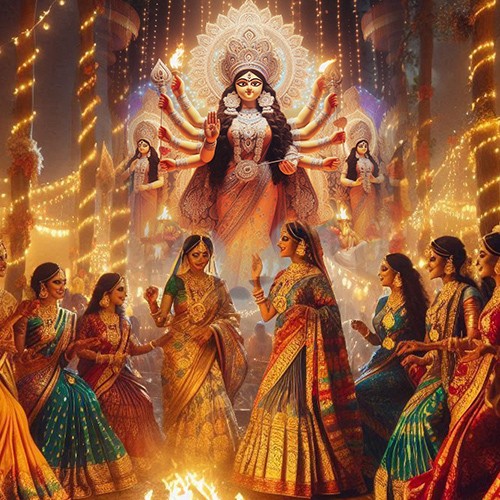
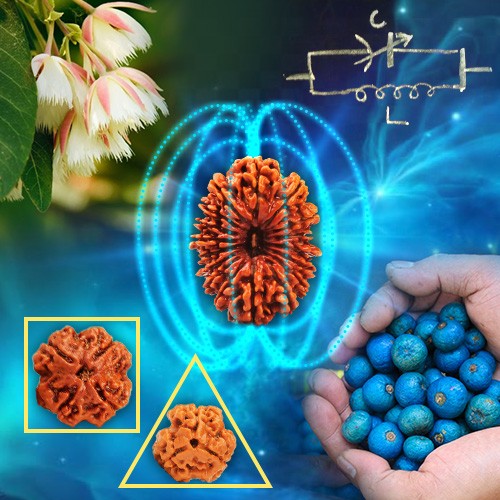

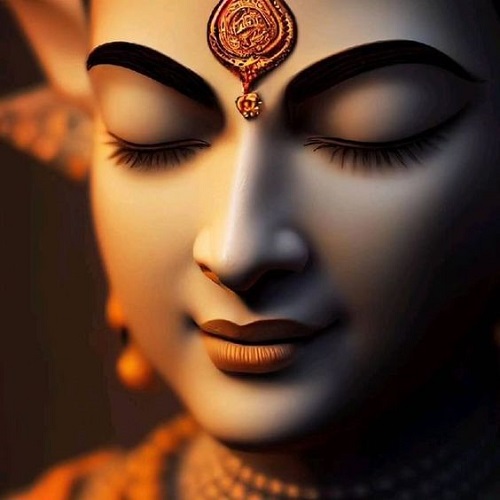
.jpg)
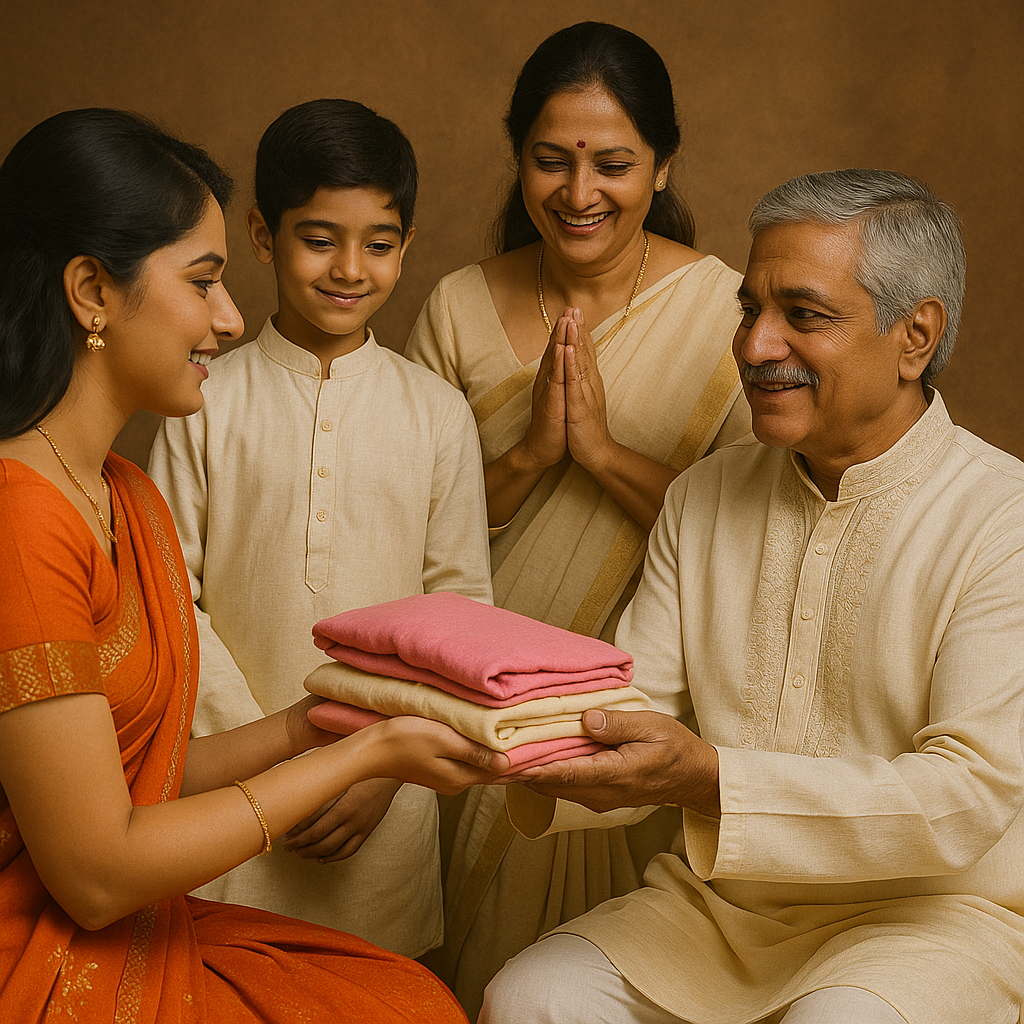
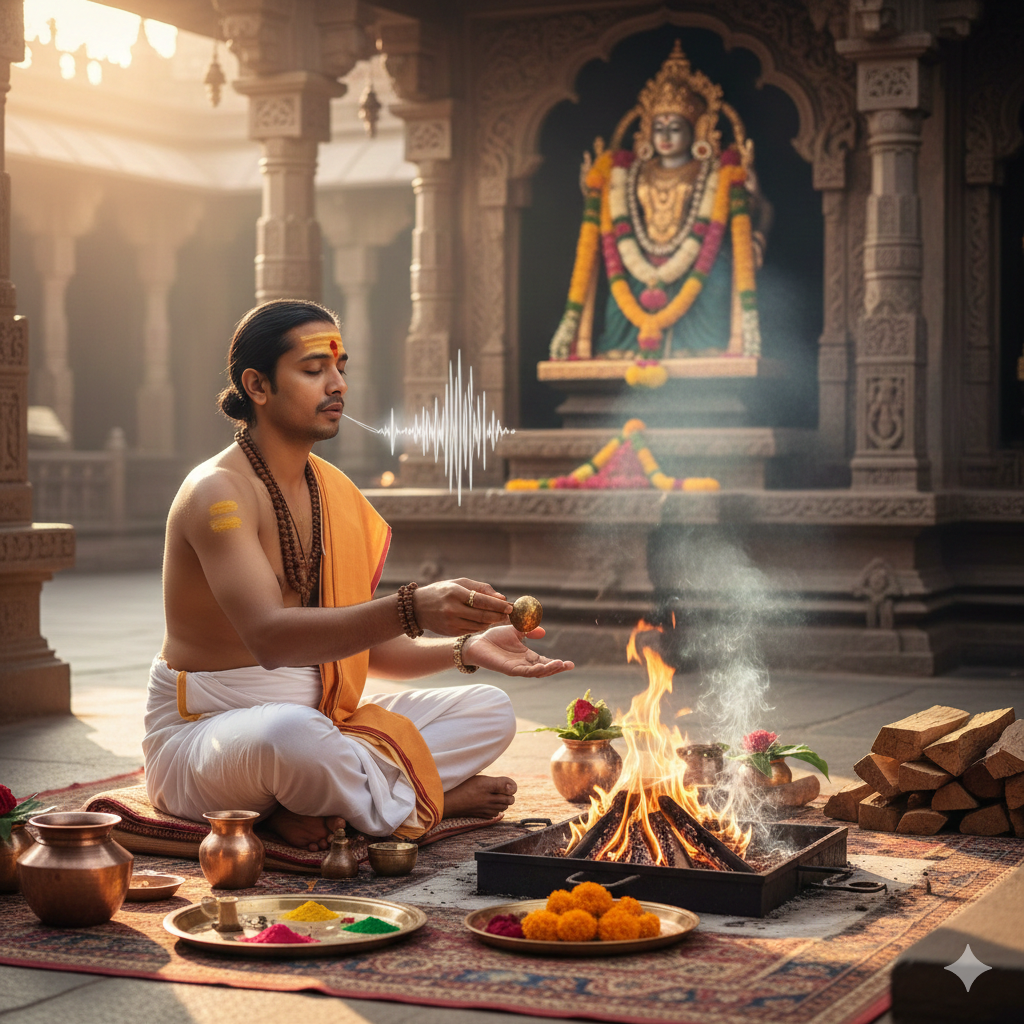
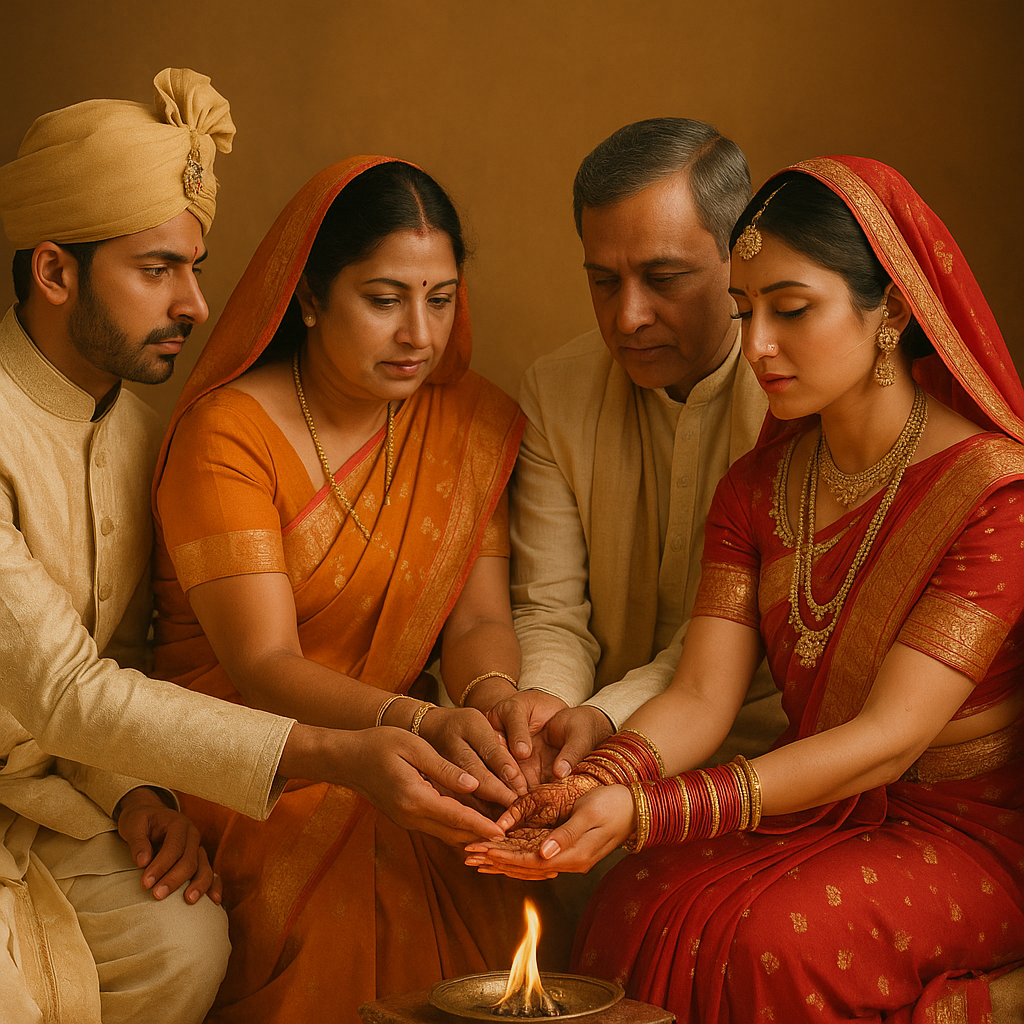
Comments 0
Leave your thought here